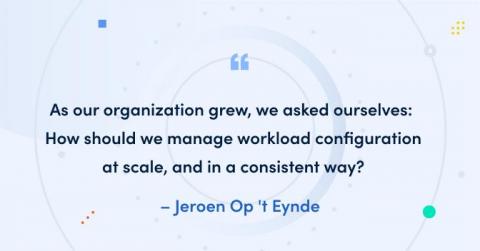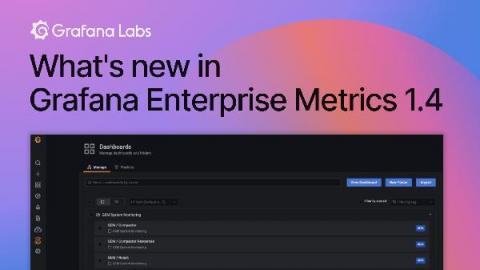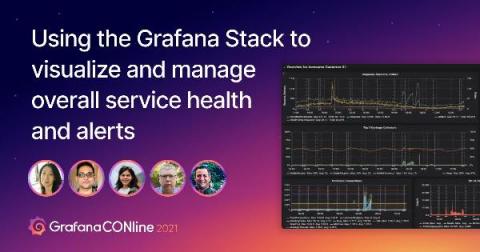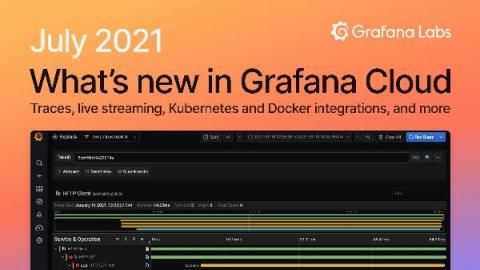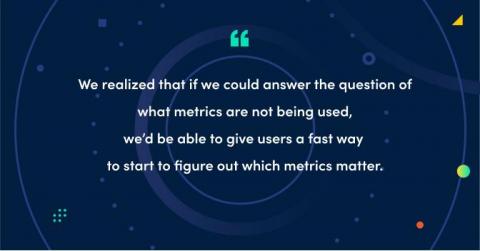Best practices for consistent configuration management at scale with Tanka
At Grafana Labs, we use Tanka to deploy workloads to our Kubernetes clusters. As our organization grew, we asked ourselves: How should we manage workload configuration at scale, and in a consistent way?


